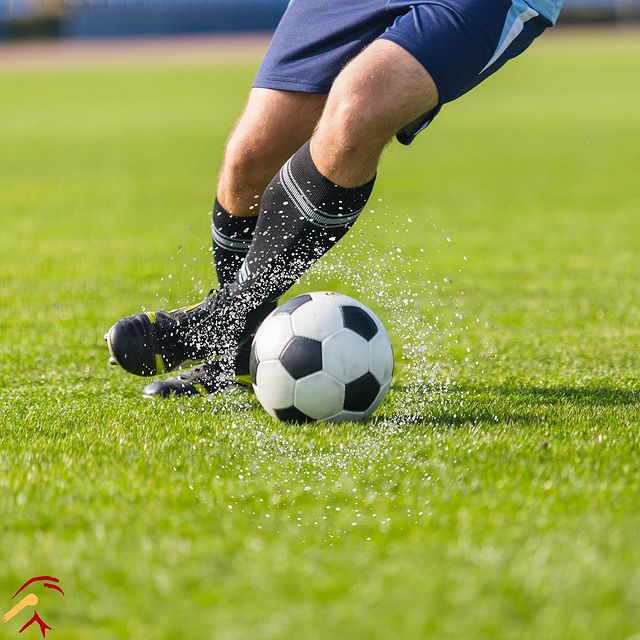The labrum is a “cuff” of cartilage that extends the size of the shoulder socket (glenoid), holding the arm (humerus) in place. It is not to be confused with the “rotator cuff,” which is a composite structure of muscles and tendons. A dislocation or other trauma to the main shoulder joint can cause a tear in the labrum, resulting in shoulder pain and other symptoms. Dr. Steven Struhl at Shoulders & Knees offers labral tear repair at our clinics in Westchester and New York City.
The labrum is essential for cushioning the glenohumeral joint, the main shoulder joint. The labrum lines the inside of the glenoid (socket) and helps hold the humerus (ball) in place. When an injury occurs that strains the shoulder joint, the humerus head may jerk and pull on the labrum. The cartilage can tear, resulting in an uneven surface within the ball-and-socket joint of the shoulder. This is common in shoulder dislocations. A labral tear that is not repaired can lead to subsequent dislocations of the shoulder, due to the deformity of the joint lining.
Treatments for Labrum Injuries
The labrum is susceptible to sudden, traumatic injury, as well as wear over time and brittleness with age. Aches, a limited range of motion or pain associated with certain positions or activities may indicate this kind of injury. One particular type of labral tear is often seen in connection with overhand movements, such as serving a tennis ball or pitching a baseball. Labrum tears can sometimes be treated non-surgically, but more severe labral tear repairs may require surgical intervention.
If you have sustained trauma to your shoulder or repetitive movements have caused labrum damage, treatment is available. Contact us at Shoulders & Knees, an orthopedic clinic with locations in NYC and Westchester. We will schedule a consultation with Dr. Struhl to evaluate your shoulder condition and determine the best treatment for your labrum tear or injury.



